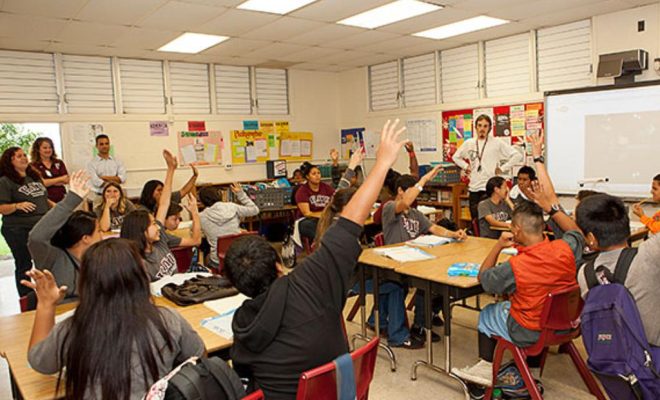16 Dice Games Teachers and Students Will Love

Introduction:
Dice games are not only fun and exciting, but they can also be an excellent way to teach and engage students in various mathematical concepts. In this article, we will explore 16 dice games that teachers can introduce in their classrooms to make learning math more enjoyable and interactive. These dice games are suitable for students of all ages and can be easily adapted to various skill levels. Let’s dive in!
1. Roll and Add:
This simple game is perfect for teaching addition to young learners. Each student takes turns rolling two dice and adding the numbers together. The player with the highest sum wins the round.
2. Odd or Even?
In this game, students roll a single die and determine if the number rolled is odd or even. They can keep track of their correct guesses and compete to see who can make the most accurate predictions.
3. Race to Twenty-One:
The objective of this game is simple – be the first to reach the sum of 21. Each player takes turns rolling two dice and adding the numbers. However, if a player’s total exceeds 21, they are out of the game.
4. Dice War:
This game is a variation of the classic card game “War.” Players roll two dice and compare the sums. The player with the higher sum wins both dice. The player who collects all the dice wins the game.
5. Number Patterns:
Students roll a die and create number sequences based on the numbers rolled. They can challenge each other to identify the pattern and extend the sequence.
6. Roll and Subtract:
Similar to Roll and Add, this game focuses on subtraction. Students roll two dice and subtract the smaller number from the larger one. The player with the highest difference wins.
7. Dice Bingo:
Create bingo cards with various numbers that can be rolled on dice. Students take turns rolling two dice and crossing off the sum of the numbers rolled. The first player to get bingo wins.
8. Multiplication Madness:
In this game, students roll two dice and multiply the numbers together. They can keep track of their products and compete to see who can reach the highest total.
9. Dice Tower Building:
Students work in pairs or small groups to build a tower using dice. The challenge is to create the tallest, most stable tower using a given number of dice.
10. Dice Graphing:
Students roll multiple dice and create a graph to represent the outcomes. This game helps reinforce concepts of probability and data analysis.
11. Dice Patterns:
Students roll two dice and create patterns based on the numbers rolled. They can use different colored dice to create more complex patterns and sequences.
12. Roll and Round:
This game focuses on rounding numbers to the nearest ten or hundred. Students roll two dice and round the sum to the nearest place value instructed by the teacher.
13. Dice Estimation:
Students estimate the sum or difference of two dice rolls before rolling. They can compare their estimations to the actual outcomes and analyze the differences.
14. Dice Word Problems:
Teachers can create word problems related to math concepts and have students roll dice to find the numbers they need to solve the problems.
15. Fraction Fun:
Students roll dice and create fractions based on the numbers rolled. They can compare and simplify the fractions to reinforce fraction concepts.
16. Dice Probability:
Students experiment with rolling multiple dice to analyze the probability of getting certain outcomes. They can compare their experimental results to theoretical probabilities.
Conclusion:
Dice games provide a fun and engaging way to teach and reinforce mathematical concepts in the classroom. By incorporating these 16 dice games into their lesson plans, teachers can cater to different learning styles and make math more enjoyable for their students. These games not only enhance mathematical skills but also promote critical thinking, problem-solving, and collaboration. So why not roll the dice and start learning math in a whole new way?


